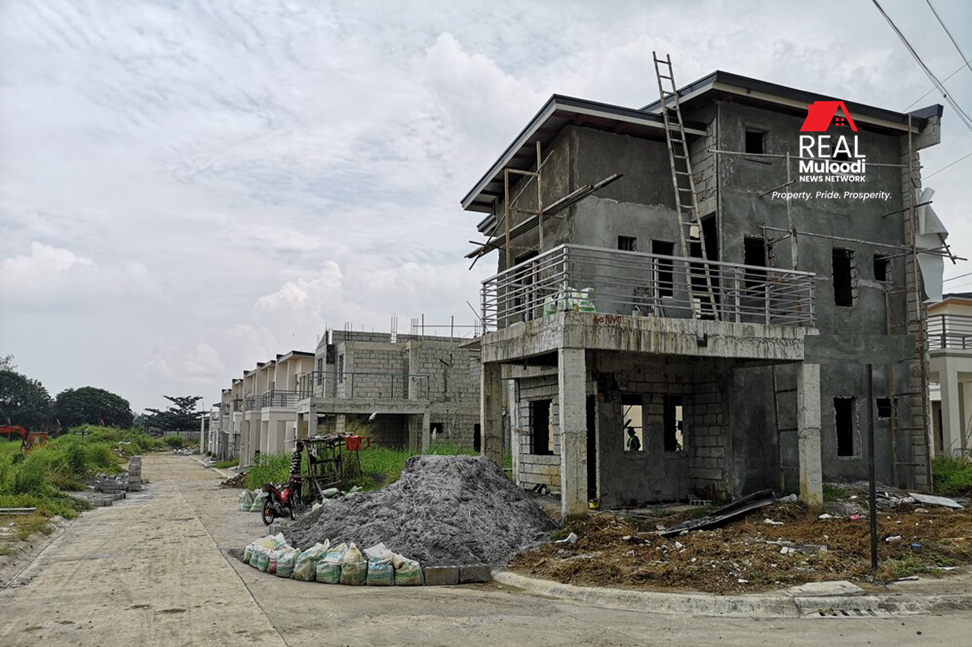UGANDA, Masaka | Real Muloodi News | Building a house is a significant investment, and proper planning is essential to ensure a smooth and successful construction process.
From selecting the right land to supervising the workers, here are some tips to guide you through the process of building your dream house.
Choosing the Right Land
The cost of building a house varies depending on the size and type of land on which it will be erected.
According to John Kennedy Omona, an engineer with Alkom Investments Limited in Bweyogerere, a house intended to be built on flat land is cheaper than that constructed on a hill or in a valley.
“A house, intended to be built on flat land is cheaper than that constructed on a hill or in a valley,” he says.
Therefore, choosing the right land is crucial to meet your deadline.
Having a Plan or Architectural Blueprint
Before starting construction, it is crucial to engage a professional architect to draw up a house plan. Erisa Kiwana Nkoyoyo, an engineer with Stone Roofing Uganda, recommends having a sketch map of what you want.
“You should know the concept of the type of house you want,” he says. “Is it a three-bedroom house or two?” In construction, Nkoyoyo reveals that the measurements determine the cost and the materials to be used. “Before construction commences, seek pre-construction services. It helps you to have prior knowledge of what kind of materials you need,” he says.
Knowing the concept of the type of house you want, whether it’s a three-bedroom or two, can help determine the measurements, cost, and materials to be used.
Frank Katusiime, a property consultant and CEO of Business Initiative Ltd adds that the local authorities must approve the plan before construction begins.
Once the design is out, the property owner should enlist the services of a quantity surveyor, who does the quantification of the house, showing the amount of money one is likely to spend on construction.
Building in Phases
Depending on the availability of funds and resources, Omona reveals that within three months, your house should be complete. However, if one has inadequate funds, one can build the house in phases.
“Begin with the slab, then take the walls up to the ring beam as you sort the finances out,” he says.
If you want to move into your own house by December, you should not look at finishing everything at once.
“You can focus on the start as opposed to the finishing. Not everyone has all the cash needed to finish a house. Many people start small,” he says.
Determining Your Budget
After a professional quantity surveyor has written the bills of quantity, Katusiime advises you to assess if you have adequate funds to roll the project off.
Katusiime advises, “If the money is not enough, go slow on getting a loan. First, build a shell house from your resources, and as soon as you start roofing, you can get a loan because the roofing stage requires one to have all the materials before they start.”
Contractor and Contract
Get a contractor and sign a contract to have the house ready in the time frame you desire. Katusiime recommends requesting the contractor to make his cost estimates for the house.
“This means that there are two documents to help you keep track of the project,” he says.
Supervision on Site
It is essential to ensure that the foreman supervises the workers. Katusiime recommends leaving the purchasing of materials to the contractor.
“It can be you or any trustworthy person on the site who can record what is being used,” he says.
However, it is incumbent on you as the owner of the project to keep a record of the progress of the construction. The house owner must keep tabs on the cost of the materials and stick to their budget.
Structural Engineer
Some people evade the structural engineer’s element because of the cost involved, but Katusiime says a structural engineer helps a building owner assess the strength of the structure.
“The structure should sustain the building. If one is to use tiles to roof, the structure should be stronger than the one that is to be roofed with iron sheets,” he says.
If it is a storeyed structure, Katusiime emphasises the need for a structural engineering report.
READ MORE LIKE THIS:
Cost Analysis: Building Your Dream House on a Small Income, Part 1



